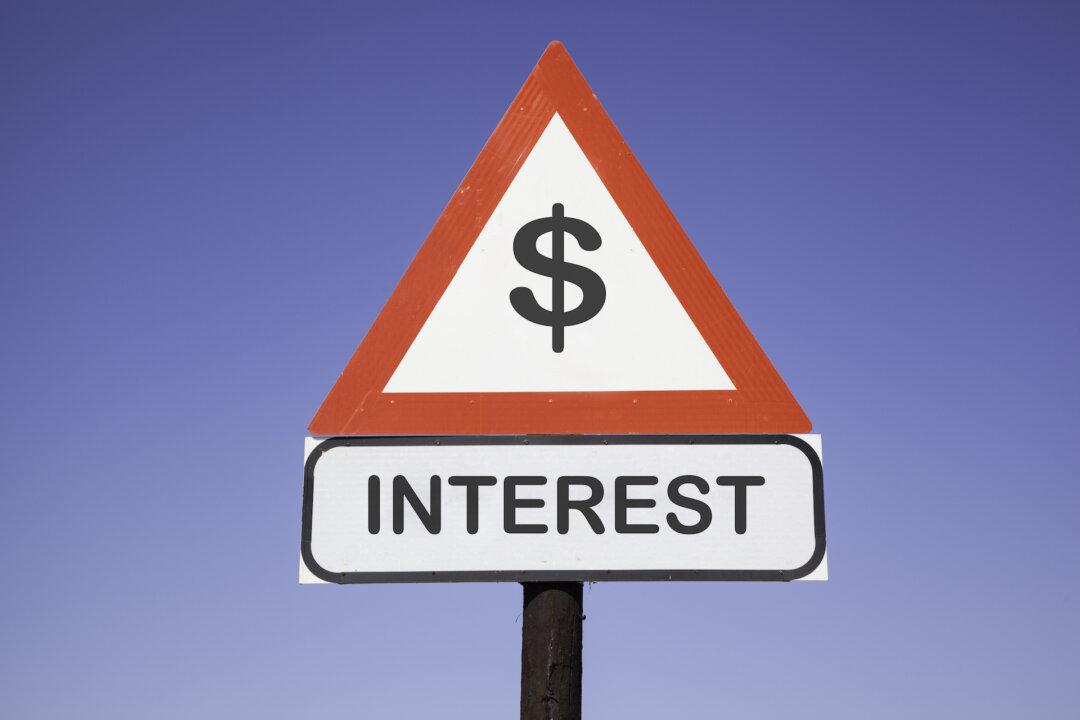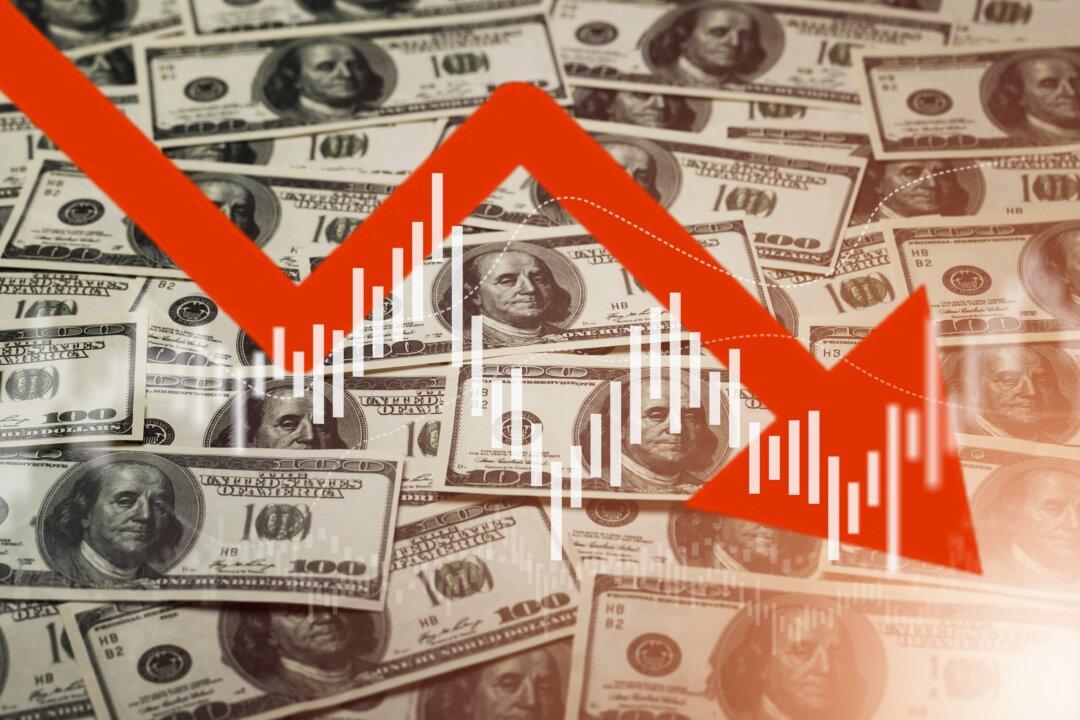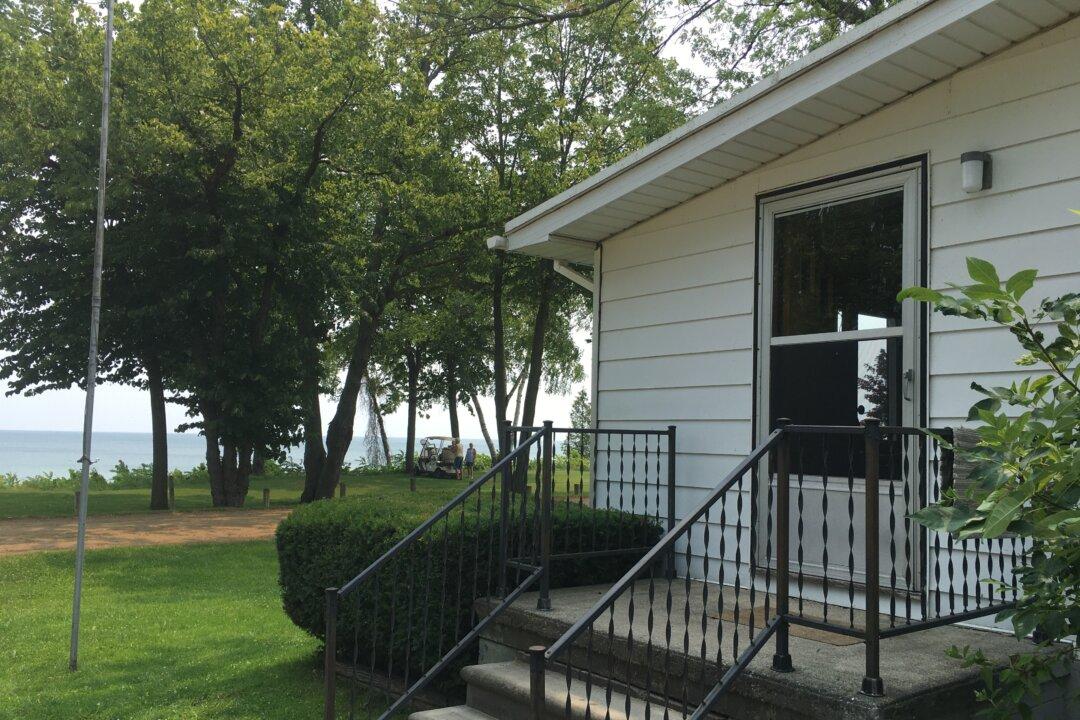Commentary
The party’s over for many would-be homeowners. The “party” I’m referring to is the historically low interest rates that made borrowing money the most affordable it had ever been. As of August 2022, the average interest rate on a 30-year fixed Freddie Mac mortgage is 4.99 percent, which is up from about 2.68 percent in December 2021.
Ken McElroy has lived and breathed real estate his entire adult life. Together with his real estate investment company, MC Companies, Ken has transacted over $1 billion in real estate. Ken is passionate about sharing his formula for financial freedom through his podcast, YouTube channel, bestselling books, and public appearances.
Author’s Selected Articles





